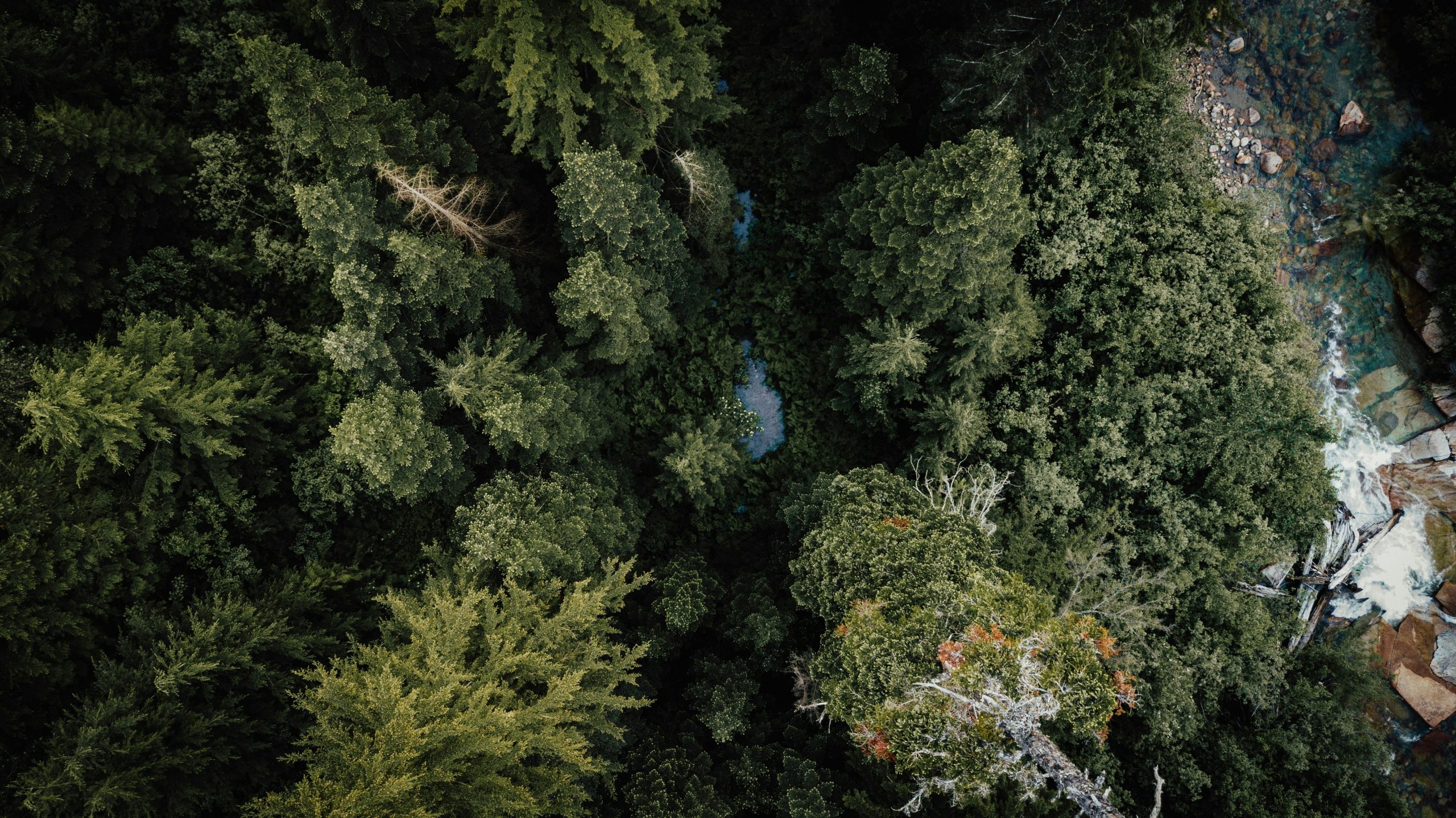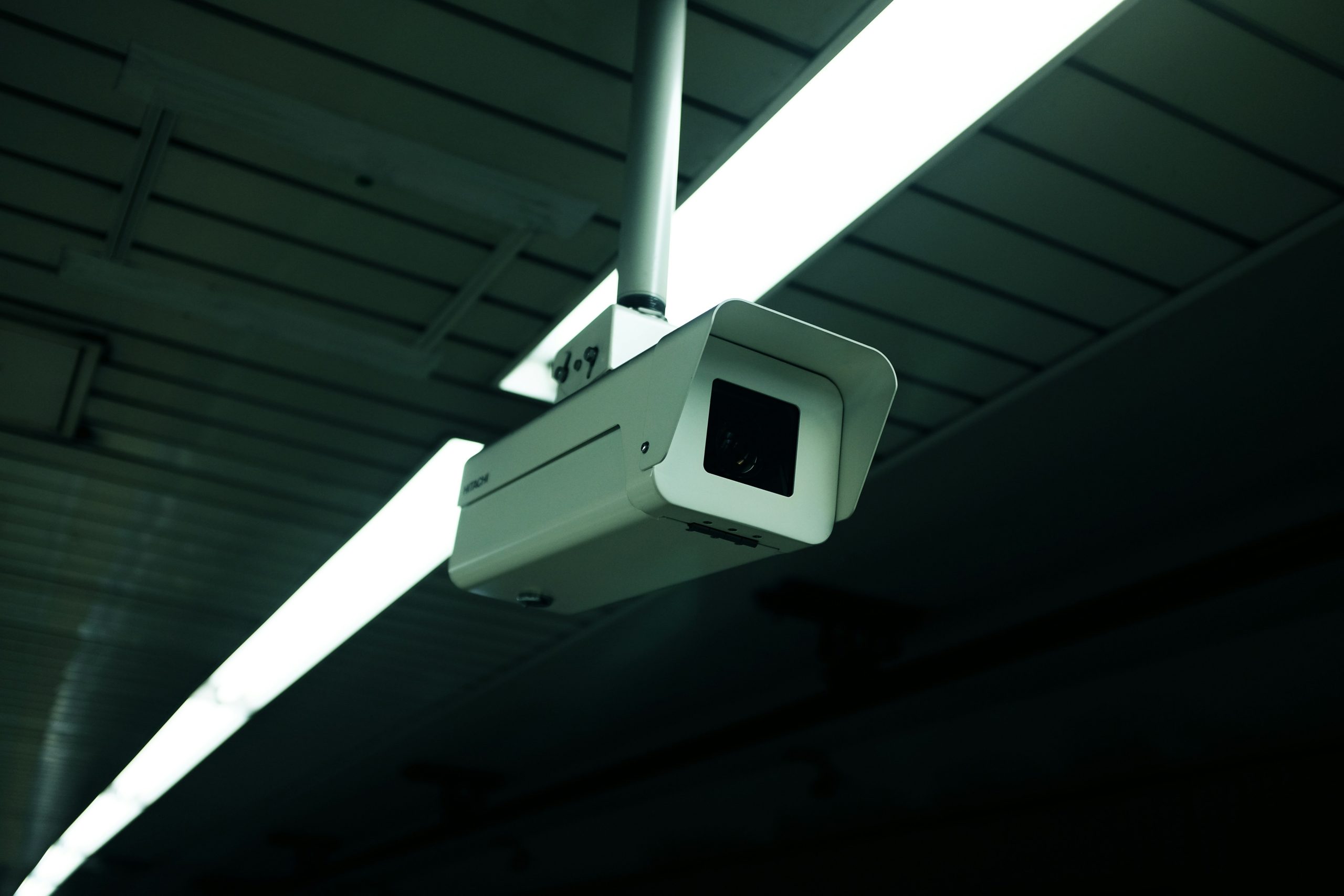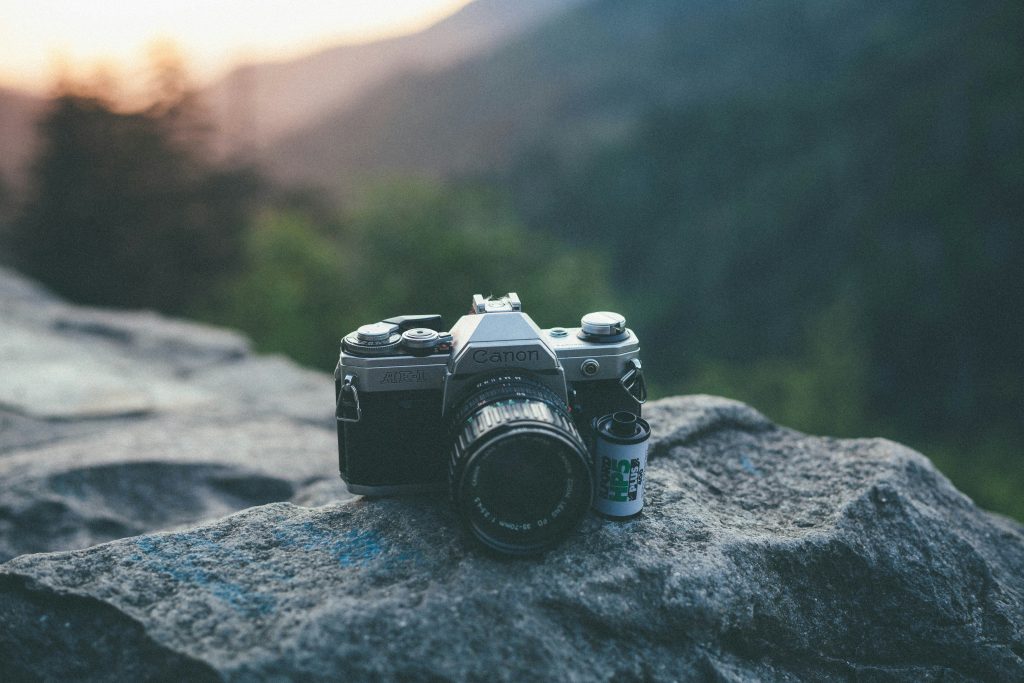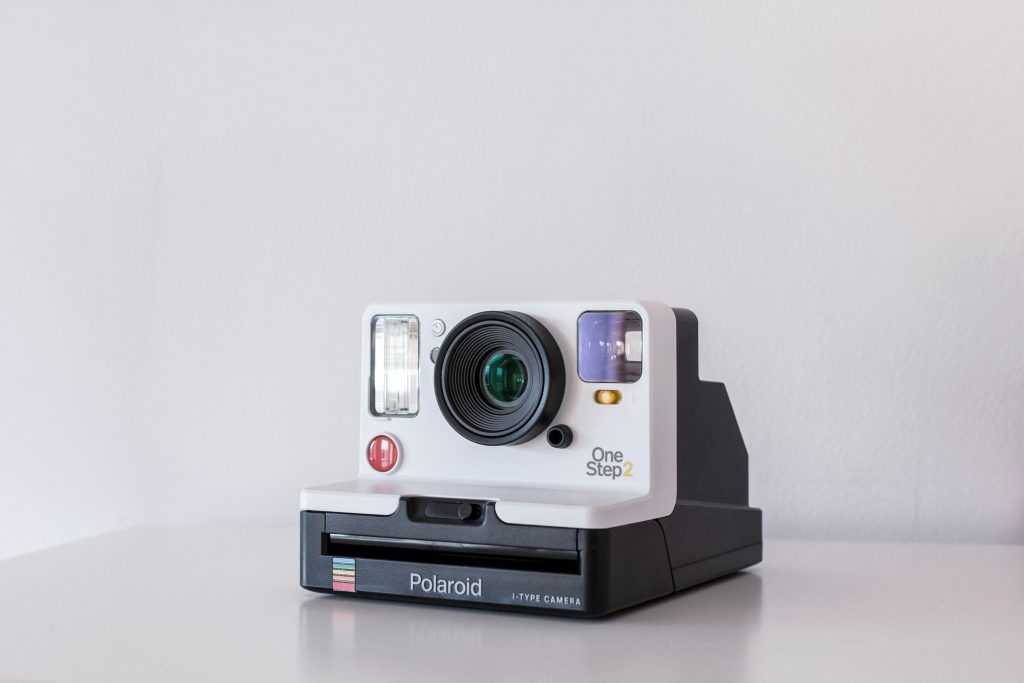Ever found yourself missing that perfect wildlife shot because you blinked at the wrong moment? Yeah, us too. It’s infuriating.
Hiking is more than just a walk in the woods—it’s about capturing moments and telling stories through nature. But what if we told you there’s a way to elevate your hikes while barely lifting a finger? Enter Motion Detection Cameras, the ultimate tool for hiking enthusiasts who want to document their outdoor explorations without sacrificing the thrill of the trek itself.
In this post, we’ll dive into how these cameras work, why they’re non-negotiable for serious hikers, and actionable tips to maximize their use. Plus, you’ll get an unfiltered look at the mistakes even pros make (spoiler: it involves dead batteries). Stick around—we’ll also share some “no-duh” advice and end on a light-hearted note worthy of your trail mix breaks.
Table of Contents
- Key Takeaways
- Why Do Motion Detection Cameras Matter?
- How to Use Motion Detection Cameras Like a Pro
- Top Tips & Best Practices
- Real-Life Examples from the Trail
- Frequently Asked Questions About Hiking Cameras
Key Takeaways
- Motion detection cameras are game-changers for hands-free wildlife photography during hikes.
- Proper placement and battery management can mean the difference between epic footage and missed opportunities.
- Understanding settings like sensitivity and field of view will help you capture exactly what you need.
- Avoid common pitfalls, such as setting up too close to high-traffic areas where false triggers occur.
Why Do Motion Detection Cameras Matter?

You’ve probably seen those jaw-dropping Instagram posts featuring stealthy foxes or majestic deer captured mid-stride. Chances are, those weren’t snapped by photographers sitting quietly behind bushes all day. Nope—they relied on motion detection technology. These compact yet powerful devices automatically record when movement is detected, saving you time and energy better spent enjoying the hike.
“Optimist You” says: ‘Imagine coming face-to-face with a black bear…from the comfort of your tent.’
“Grumpy You” replies: ‘Just don’t forget the SD card.’
But here’s the kicker—motion detection cameras aren’t just gimmicks for wildlife junkies. They’re lifesavers for solo hikers looking to monitor campsites overnight, document rare species, or even recover lost gear.
How to Use Motion Detection Cameras Like a Pro
Step 1: Choose the Right Camera
Not every motion detection camera is built equal. Look for one with:
- High resolution (at least 1080p)
- Night vision capabilities
- Long battery life and weatherproof housing
Step 2: Find the Perfect Spot
This part requires finesse. Set your camera:
- At eye level with potential subjects
- Away from direct sunlight or harsh reflections
- On sturdy surfaces to avoid accidental falls
Step 3: Fine-Tune Settings
Fiddle with sensitivity controls to ensure only significant movements trigger recording—not leaves swaying in the breeze. Trust me; I once came back to hundreds of useless clips of squirrels chasing each other endlessly. #Oops.
Top Tips & Best Practices
- Test Before You Trek: Double-check functionality before heading out. Sounds simple, right? Yet countless adventurers return home empty-handed due to forgotten SD cards or drained batteries. Don’t be THAT person.
- Camouflage is Key: Animals are naturally cautious. Cover your device with camouflage tape or natural materials to blend seamlessly into its surroundings.
- Respect Wildlife: While documenting animals is exhilarating, never disrupt their natural behavior. Keep your distance and follow Leave No Trace principles.
- Avoid This Terrible Tip: Placing cameras near human pathways seems logical for catching interesting interactions—until you realize it results in endless footage of fellow hikers scratching their heads. Ugh.
Real-Life Examples from the Trail
Meet Sarah, a seasoned hiker who stumbled upon a family of lynx thanks to her trusty motion detection cam. Her setup not only provided awe-inspiring footage but also contributed valuable data to local conservationists studying animal migration patterns. Talk about a win-win!

Frequently Asked Questions About Hiking Cameras
Q: How Long Can Most Motion Detection Cameras Record?
A: Many modern models last anywhere from 6 weeks to several months on a single charge, depending on usage frequency and power-saving features.
Q: Can Motion Detection Cameras Be Used at Night?
A: Absolutely! Just ensure yours has infrared LEDs for night vision capability.
Q: What Happens If My Camera Gets Stolen?
A: Invest in anti-theft accessories like lockable mounts or GPS trackers to keep tabs on your gear.
Conclusion
Hiking and exploring the great outdoors doesn’t have to come at the expense of amazing photographic evidence. With motion detection cameras, you can effortlessly chronicle your adventures and immerse yourself fully in nature’s wonders. Remember—the key lies in preparation, patience, and perhaps a touch of caffeine-induced optimism.
Like a Tamagotchi, your new hiking buddy (a.k.a. motion detection camera) needs daily care—but trust us, the rewards are worth it.


